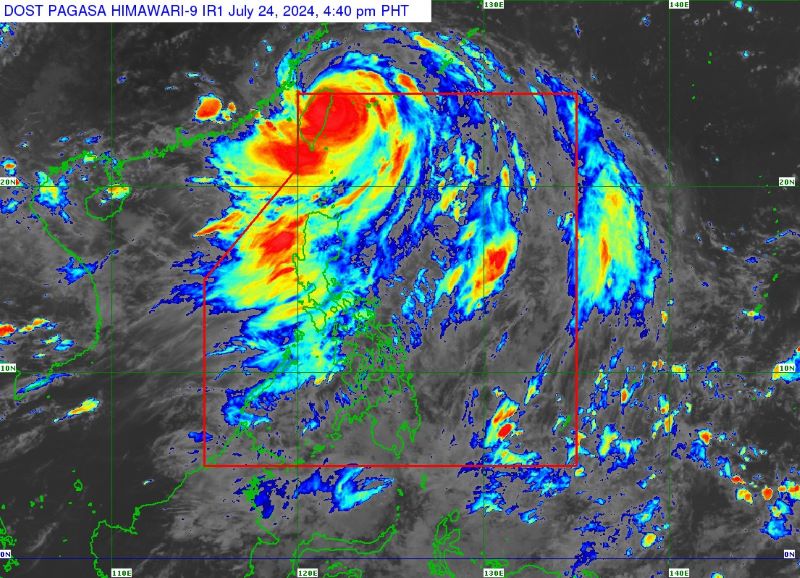EXPLAINER: What is a super typhoon?

As it moved toward Taiwan on Wednesday, tropical cyclone Carina developed into a super typhoon, intensifying monsoon rains that caused flooding in several areas of Metro Manila.
Carina is the first super typhoon of the year to be recorded in the Philippine Area of Responsibility, with maximum sustained winds of 185 km/h near the center and gustiness of up to 230 km/h.
Before Carina, several super typhoons, including Reming (2006), Yolanda (2013), Butchoy (2016), Nina (2016), and Karding (2022), battered the Philippines in the last 18 years.
According to PAGASA, tropical cyclones are low-pressure systems that form over oceans where sea surface temperatures and air temperatures are higher than 26 °C.
''They reach their greatest intensity while located over warm tropical water. As soon as they move inland, they begin to weaken, but often not before they have caused great destruction,'' PAGASA said.
PAGASA classifies a tropical cyclone into five categories based on the strength of the associated winds: Tropical Depression (maximum sustained winds of up to 62 km/h), Tropical Storm (62 to 88 km/h), Severe Tropical Storm (87 to 117 km/h), Typhoon (118 to 184 km/h), and Super Typhoon (185 km/h or above).
''A tropical cyclone constitutes one of the most destructive natural disasters that affects many countries around the globe and exacts tremendous annual losses in lives and property,'' PAGASA said.
''Its impact is greatest over the coastal areas, which bear the brunt of the strong surface winds, squalls, induced tornadoes, and flooding from heavy rains, rather than strong winds, that cause the greatest loss in lives and destruction to property in coastal areas.''
PAGASA earlier said it expects 10 to 16 tropical cyclones to develop inside PAR from July to December 2024, with above-normal rainfall conditions possible towards the latter part of the year due to the La Niña phenomenon.
The weather bureau said there is a 70% chance the La Niña phenomenon may start in August-September-October and may persist until the first quarter of 2025. —Mariel Celine Serquiña/VBL, GMA Integrated News




